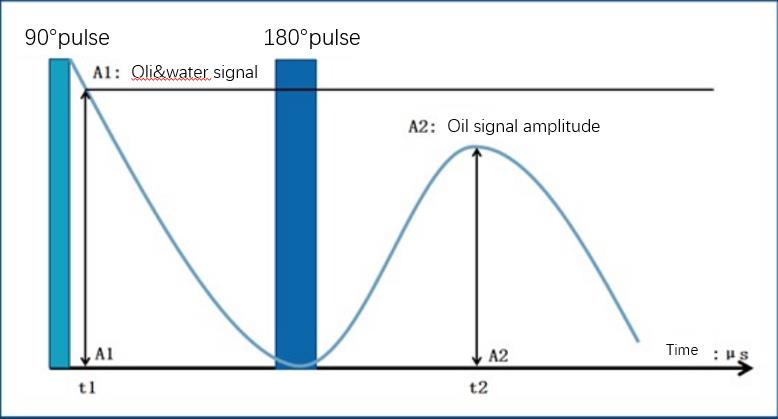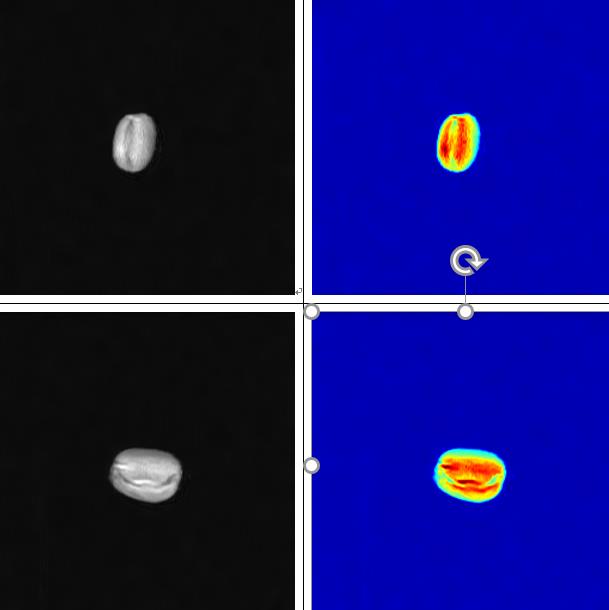NMR Fat Content in Food Application
NMR can be used to determine the fat content in various substances, including food and biological samples. NMR spectroscopy exploits the behavior of atomic nuclei in a magnetic field to provide information about the molecular structure and composition of a sample. Additionally, other analytical methods, such as gravimetric analysis or chemical extraction methods, are also commonly employed for fat content determination, and the choice of method depends on factors such as accuracy requirements, sample matrix, and available resources.
NMR Fat Content Measuring Principle
In the context of fat content determination, NMR can be used to measure the percentage of fat present in a sample. This is typically achieved by analyzing the characteristic signals produced by fat molecules in the NMR spectrum. These signals arise from the hydrogen atoms present in the fatty acid chains of triglycerides, which are the main components of dietary fats.
Fat Content Test Schematic Diagram
NMR Fat Content in Food Application
NMR fat content analyzer has found various applications in the analysis of fat content in food. It is a non-destructive and relatively fast technique that provides valuable information about the composition and quality of food products. Here are a few examples of how NMR is used for fat content determination in food:
Food Authentication: NMR can be used to verify the authenticity and quality of food products. By analyzing the fatty acid profile, NMR can identify the presence of different types of fats, such as animal fats or vegetable oils, which can help detect adulteration or mislabeling of food products.
Quantitative Fat Analysis: NMR can provide quantitative measurements of fat content in food samples. By comparing the intensity of specific fat signals in the NMR spectrum with a calibration curve or mathematical model, the fat content can be estimated accurately. This information is valuable for nutritional labeling, quality control, and product development purposes.
NMR Fat Content measuring – MRI of Coffee Beans
Monitoring Processing and Storage: NMR can be used to track changes in fat content during food processing and storage. For example, it can be employed to monitor lipid oxidation, which affects the quality and shelf life of food products. NMR can detect changes in the fatty acid composition and identify oxidation products, helping to assess the freshness and stability of fats and oils.
Studying Food Structure: NMR can provide insights into the structural organization of fats in food systems. It can reveal information about the physical state, crystallinity, and interactions of fats with other components in complex food matrices. Understanding these properties is crucial for formulating products with desired textural attributes and stability.
NMR Fat content analyzer (Low field NMR)
A low-field NMR fat content analyzer is a specific type of NMR instrument designed for the rapid and non-destructive analysis of fat content in various substances, including food, agricultural products, and biological samples. It utilizes NMR technology to determine the fat content based on the unique characteristics of fat molecules.
Low-field NMR analyzers typically operate at a magnetic field strength lower than high-field NMR instruments, typically ranging from a few tens to a few hundred megahertz. The lower field strength allows for cost-effective and compact designs, making these analyzers suitable for on-site or point-of-use applications.
 NIUMAG
NIUMAG


